भाजे
( Bhaja Caves )
Bhaja Caves are a group of 22 rock-cut caves dating back to the 2nd century BC located off the Mumbai - Pune expressway near the city of Pune, India. The caves are 400 feet above the village of Bhaja, on an important ancient trade route running from the Arabian Sea eastward into the Deccan Plateau (the division between North India and South India). The inscriptions and the cave temple are protected as a Monument of National Importance, by the Archaeological Survey of India per Notification No. 2407-A. It belongs to the Early Buddhist schools in Maharashtra. The caves have a number of stupas, one of their significant features. The most prominent excavation is its chaitya (or chaityagrha – Cave XII), a good example of the early development of this form from wooden architecture, with a vaulted horseshoe ceiling. Its vihara (Cave XVIII) has a pillared verandah in front and is adorned with unique reliefs. These caves are notable for their indic...Read more
Bhaja Caves are a group of 22 rock-cut caves dating back to the 2nd century BC located off the Mumbai - Pune expressway near the city of Pune, India. The caves are 400 feet above the village of Bhaja, on an important ancient trade route running from the Arabian Sea eastward into the Deccan Plateau (the division between North India and South India). The inscriptions and the cave temple are protected as a Monument of National Importance, by the Archaeological Survey of India per Notification No. 2407-A. It belongs to the Early Buddhist schools in Maharashtra. The caves have a number of stupas, one of their significant features. The most prominent excavation is its chaitya (or chaityagrha – Cave XII), a good example of the early development of this form from wooden architecture, with a vaulted horseshoe ceiling. Its vihara (Cave XVIII) has a pillared verandah in front and is adorned with unique reliefs. These caves are notable for their indications of the awareness of wooden architecture. The carvings prove that tabla – a percussion instrument – was used in India for at least 2300 years, disproving the centuries-held belief that the tabla was introduced to India by outsiders or from Turko-Arab. The carving shows a woman playing tabla and another woman, performing dance.
They are some 9 km west from the Bedse Caves. Other caves in the area are Karla Caves, Patan Buddhist Cave and Nasik Caves.
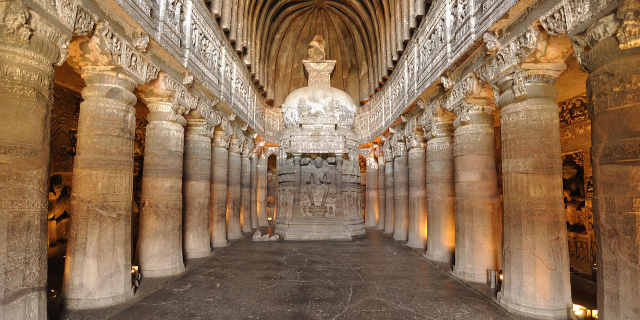

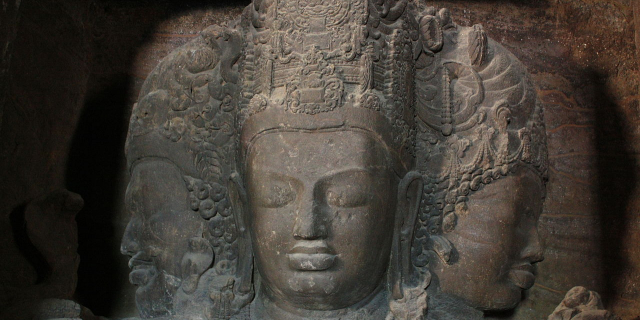

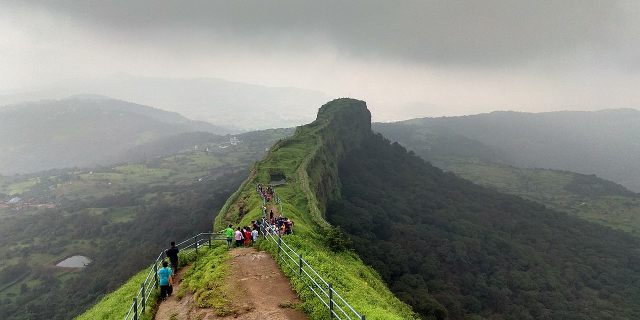



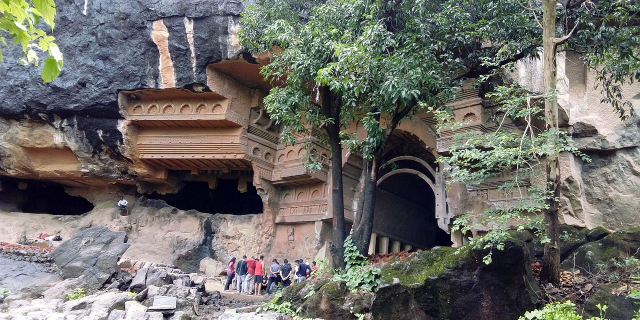

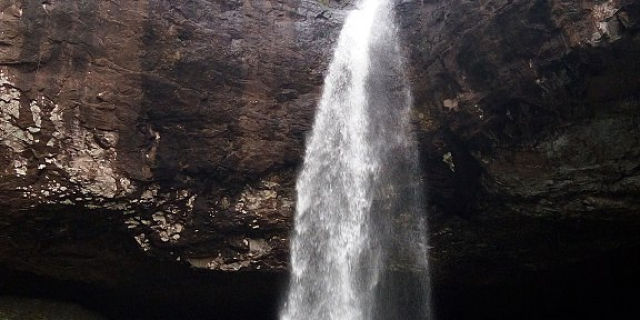


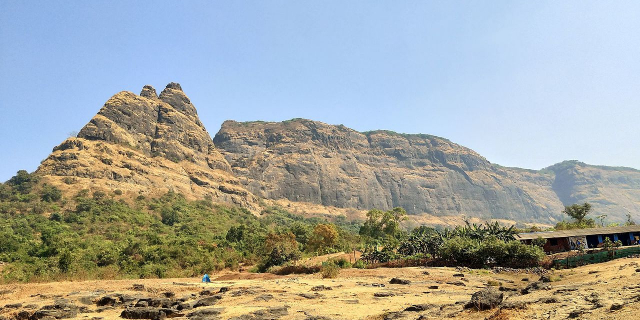
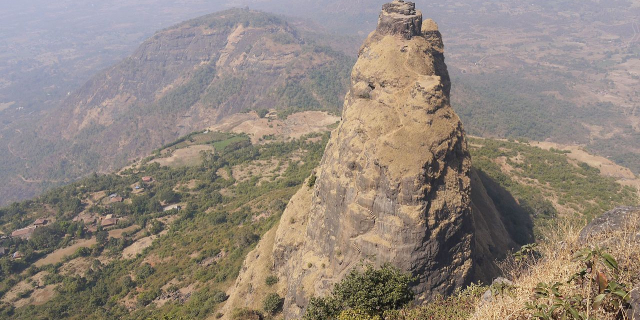

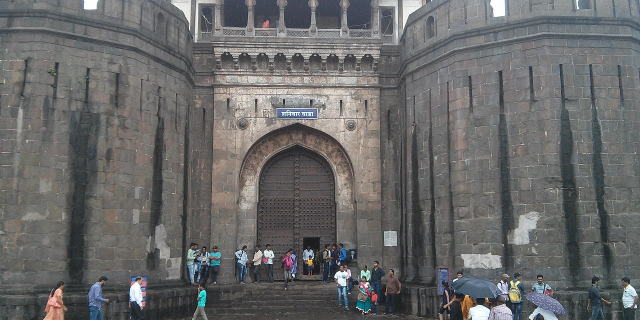
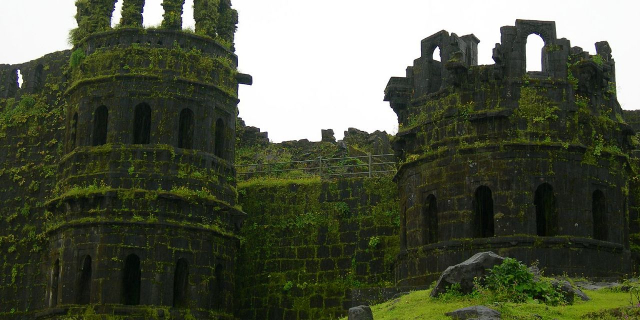
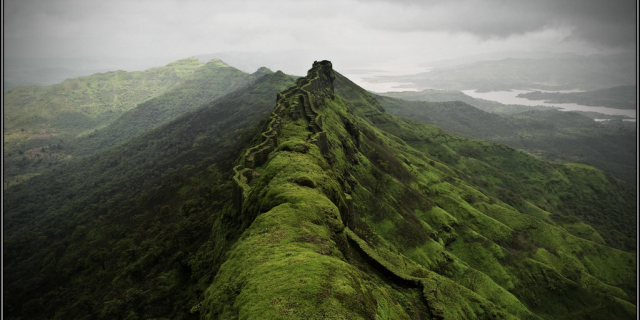


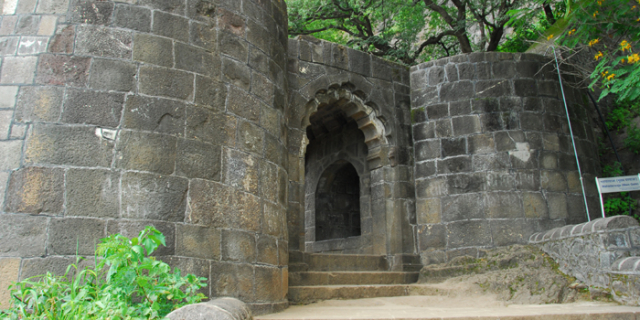

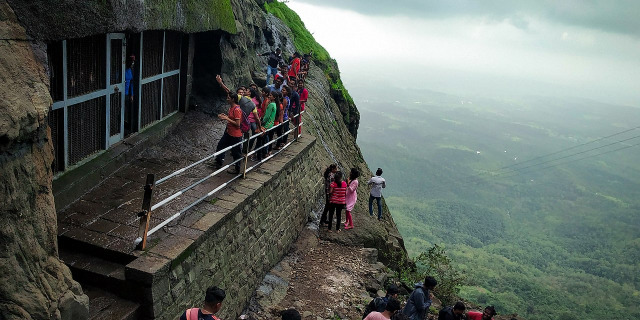

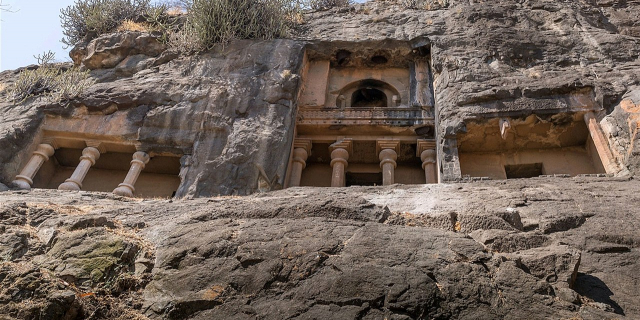
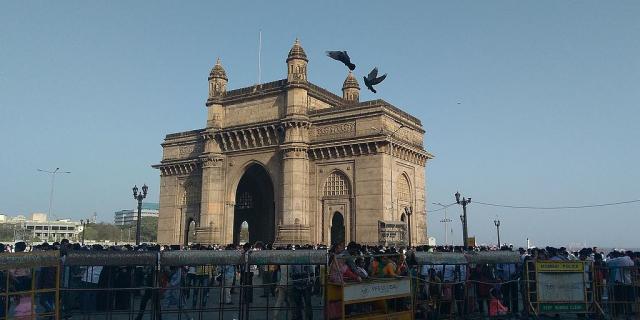
Add new comment